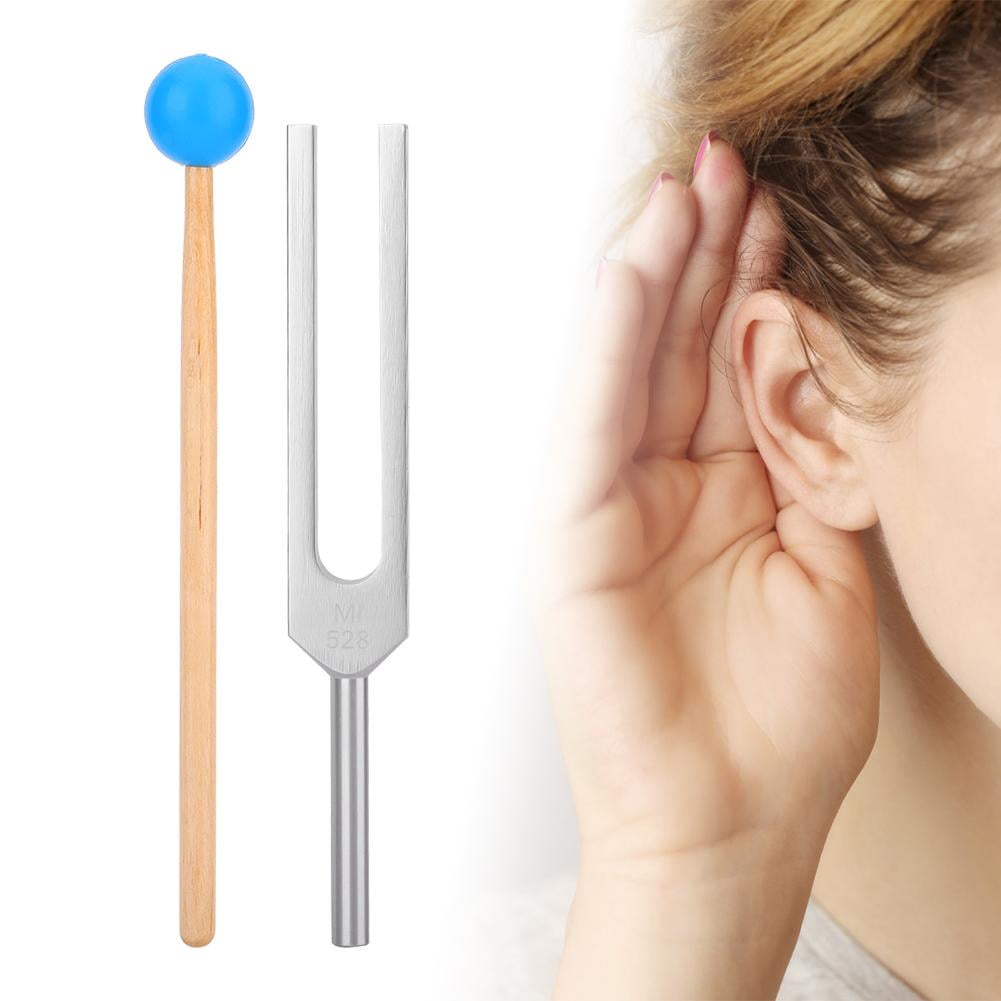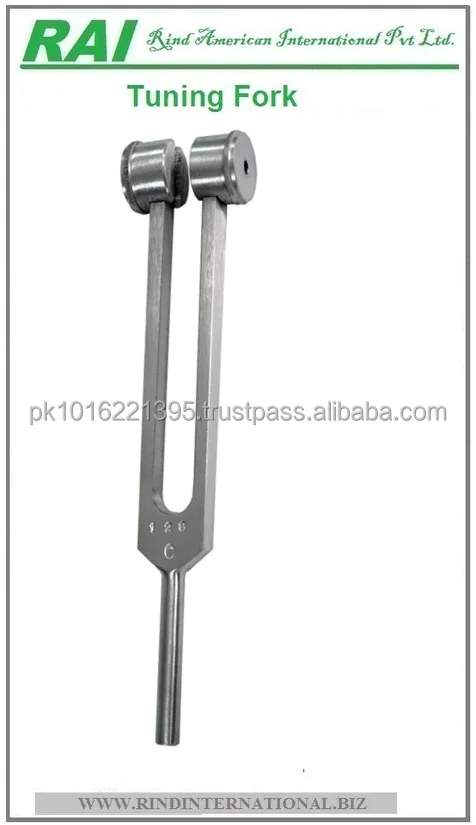

A tuning fork with the frequency range of 512 Hz or 1024 Hz is used to carry out the Weber and Rinne tests to detect whether the hearing loss is conductive or sensorineural. Out of which, the Rinne and Weber tests are subjective tests, which are routinely performed clinically using a tuning fork to assess a person's hearing level. There is a variety of hearing test being carried out using the tuning fork to diagnose hearing loss. In 1855, Rinne used the tuning fork to diagnose deafness by comparing hearing by air and bone conduction. The tuning fork was first used as a musical instrument and was designed by John Shore an English trumpeter in 1711. The tuning fork test has been routinely practiced by specialists, medical officer, medical students, and health-care personnel to determine the type of hearing loss in patients who presented with reduced hearing. įigure 3: The scar at the area of placement of tuning fork for the Weber test After 2 months, the lesion healed with scar. He was treated with chloramphenicol ointment for topical application.

The condition worsened after he kept scratching on that area. He claimed that area became inflamed with signs of redness and itchiness, which developed after few hours after the last tuning fork test. On the next follow-up after a week, he complained of wound on the forehead secondary to tuning fork test. He was discharged well.įigure 2: The tuning fork used in the postoperative test On the next day before discharge, the routine postoperative tuning fork test done using a different tuning fork revealed the expected left conductive hearing loss. Pure-tone audiometry was consistent with left mild conductive hearing loss with right normal hearing.įigure 1: The tuning fork used in the preoperative hearing test Tuning fork test done using the tuning fork showed left conductive hearing loss. There was no otalgia or any nasal or throat symptoms.Įxamination noted a left tympanic membrane 50% central perforation with minimal dried mucopus. He complained of itchiness, on-and-off tinnitus, and slight reduced hearing on the right ear. The discharge was mucopurulent in nature and not foul smelly. In the setting of a patient undergoing myringoplasty, the tuning fork tests performed should show a pure conductive deafness at the affected ear.Īn 18-year-old man complained of recurrent left ear discharge for 7-year duration. It also detects the laterality of the problem. The Rinne and Weber tests give the clue for the type of hearing impairment either conductive or sensorineural hearing loss. It is a part of the ear examination procedure which is performed in the outpatient clinics. Tuning fork test is a routine clinical test.
Tuning fork test how to#
How to cite this URL: Hardyal Singh RS, Hashim HZ, Mohamad I. How to cite this article: Hardyal Singh RS, Hashim HZ, Mohamad I. Keywords: Allergy, complication, tuning fork One week after surgery, he presented with an erythematous lesion over his forehead secondary to a tuning fork test which was done prior discharge. Left myringoplasty was performed after the ear condition was permissible.

Here, we report a case of an 18-year-old gentleman who presented with a recurrent left ear discharge with a central perforation for the past 7-year duration. Incidence of tuning fork-related complication is extremely rare.


 0 kommentar(er)
0 kommentar(er)
